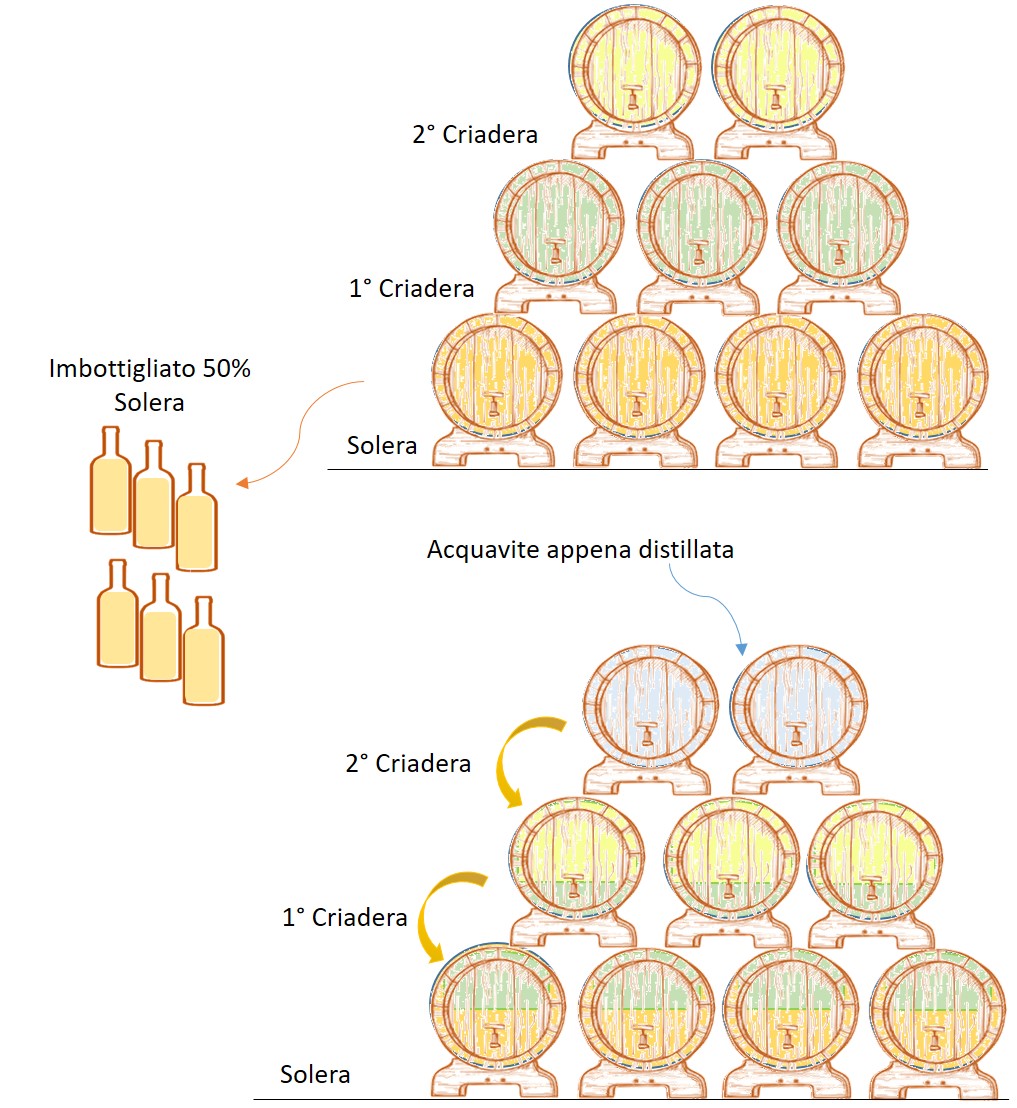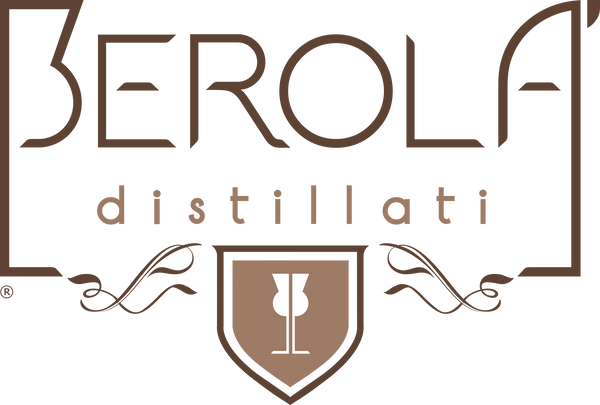
THE SOLERA METHOD AND THE MISREACHED PACKAGES (PART II)
The Solera method has been known since ancient times in Italy under the name of Perpetuum and was used for the production of Marsala. This aging technique has been applied not only to wine, but also to vinegars, liqueurs and spirits, especially Rum.
A myriad of different productions for an absolutely non-standardized modus operandi. In the previous article we mentioned the basic technique, it is now necessary to highlight some communication gaps on the label that prevent the valorization of all those realities that make Solera a quality blending technique, which in in some cases hybrid, in addition to the vintages, also the types of wood and toasting, giving greater value and complexity to the production.
So when we read the label of a Rum and find it written for example '10 year Solera method', what information does this wording give to the consumer? Vague information. 'Solera method 10 years' in fact only indicates that in that bottle there is distillate with 10 years of aging, but does not tell us in what percentage. It would then be more correct to include on the label, in addition to the years of the distillate with maximum aging, also the years of the distillate with minimum aging.
If we take a system with 3 levels of aging (see article Part I) with a battery of 3 year old barrels, a battery of 2 years and a battery of 1 year and a certain percentage of the most aged battery is bottled each year (battery Solera), it happens that at the first bottling it is possible to write 'Solera Method 3 years', but the following year, when more distillate is extracted from the Solera battery, it will be possible to write 'Solera Method 4 years' and the year after again 'Method Solera 5 years'. If instead of three levels I start from 4 aging levels I can write at the first bottling 'Solera Method 4 years' and the following year I can already write 'Solera Method 5 years'.
Now what is the difference between the two 'Solera 5 year' products? In the first case the 'Solera 5 years' will also be made up of 'Solera 3 years' and 'Solera 4 years' while in the second case it will be made up entirely of 'Solera 4 years' and 'Solera 5 years' so if the label had reported the double information of the number of years of maximum aging and the number of years of minimum then the distinction would have become apparent. However, this specification is not yet sufficient as both in the first case and in the second case we do not know the percentages of the various vintages that make up the bottled distillate.
The percentages will depend on the quantity of product that you decide to take from the Solera battery each year, but it is a value that will be difficult to find on the label. In the absence of such a precise reference, which could be given space with a speaking label, the minimum aging value could be the most reliable data for verifying the quality of the Solera Method, implicitly indicating the number of levels of the Solera battery, since that the greater the number of levels, the more the process leads to valuable aging.
